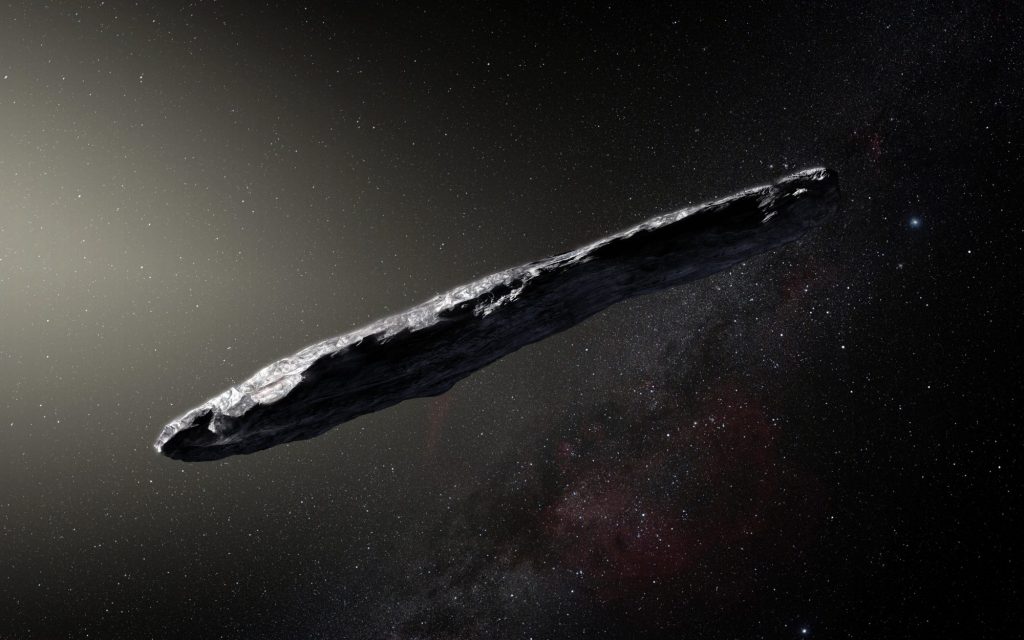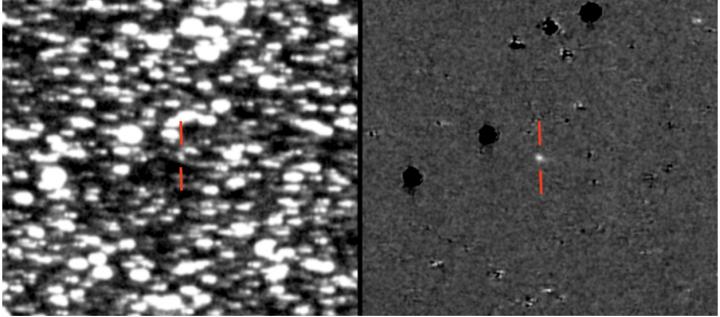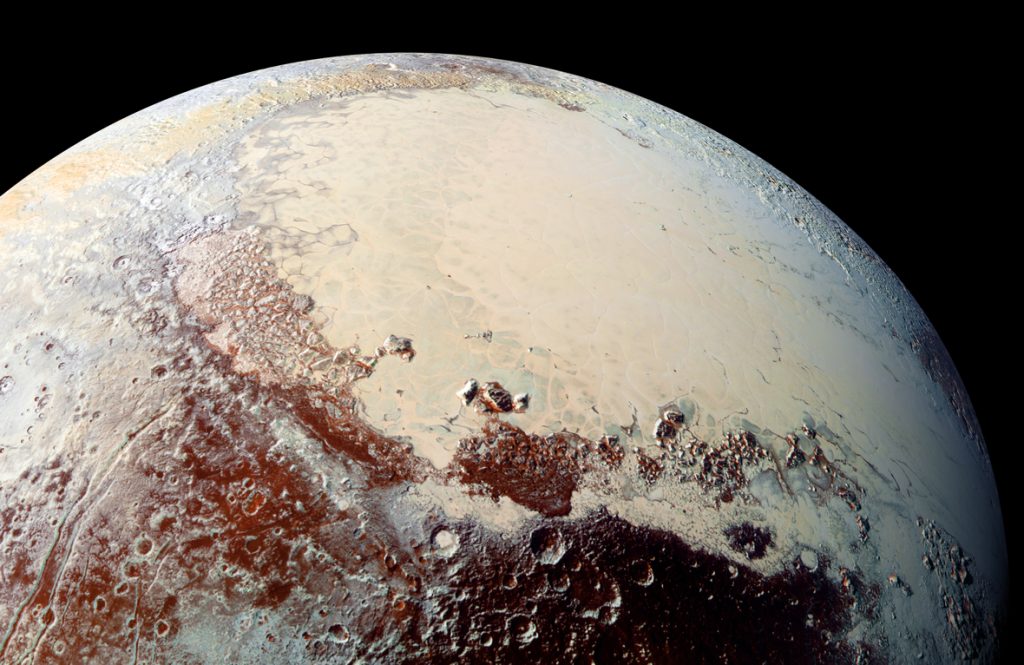Why ‘Oumuamua accelerated
Comet (?) 'Oumuamua is the first known object formed outside the solar system that astronomers could observe on its way through our solar system. Its nature is still not conclusively explained - at least for some researchers. What we do know: It has not shown any radiation. Measurements in this regard are so accurate that even a cell phone transmitting on the object would have been noticed. But 'Oumuamua also shows a small non-gravitational acceleration. So it didn't move exactly as would have been expected based on mass and velocity. This is not unusual for comets. They typically release…


